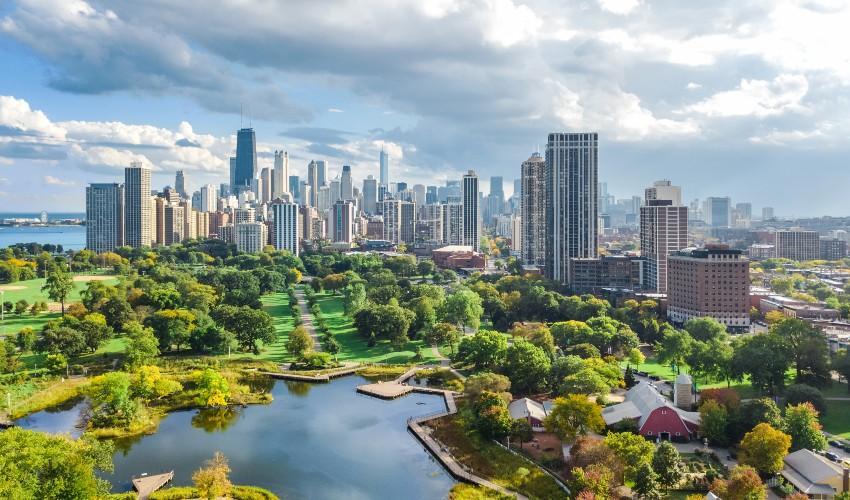
Working from Home Will Change Our Cities and Our Lives Forever
IGIER VISITING STUDENT FEDERICA LUPI REPORTS ON THE SEMINAR BY NICHOLAS BLOOM (STANFORD) AND EDWARD GLAESER (HARVARD) ON WORK AND CITIES AFTER COVIDPeople used to work from home one day out of twenty before the pandemic – and one day out of two once COVID-19 hit, reported Nicholas Bloom (Stanford University), one of the few economists already working on the topic of work from home before the outbreak of the pandemic, at the latest IGIER Seminar, “Work and Cities in the Post-COVID World”. He predicts that substantial work from home will stick; 25% of working days post-pandemic will be carried out from home, based on the feedback he has received from firms and employees. In fact, workers who perform tasks that are suitable to remote work want to be able to work from home, at least occasionally. To be competitive in attracting workers, firms must offer this possibility. However, Bloom does not believe that work in the office will disappear. What is here to stay is a hybrid form of work, with people working from home in quiet days and from the office to benefit from a stimulative and cooperative environment.
While the pandemic is expected to decrease work in the office by 30%, this only translates to a 10% decrease in office space used and a 20% decrease in density in the office. This phenomenon is due to two factors. Firstly, COVID-19 has taught people to avoid crowded spaces. Secondly, the majority of workers have the same preferences for their work-from-home days (namely, Monday and Friday).
Bloom concluded his speech by drawing attention to the Donut Effect, which consists in workers leaving the city centre for the suburbs. However, he does not think that offices will leave the city centres. On the other hand, the office will evolve to a collaborative and Zoom-friendly environment.
After Bloom’s speech, it was the turn of Edward Glaeser (Harvard University), who started his speech with an historical introduction. From the Plague of Athens in the 5th century BC, epidemics have always changed the conformation of cities. Indeed, the 19th and 20th centuries saw a high number of epidemics as well as a rise in urban population because cities had learnt how to defend themselves from diseases, by means of infrastructures and incentives. In 2020, on the other hand, COVID-19 spread fast because of the few defences in place, as people moved all around the world and did not refrain from staying close the one to the other.
Glaeser emphasized that cities are expected to reflect the increase in inequality brought about by COVID-19. In fact, in cities there will be less demand for the in-person services that require low skills. On the other hand, in the post-pandemic world globalization will increase the returns to being smart at a faster rate than it did before. Since people with high skills increase their skillset by being around other high skilled people, cities are likely to be left to them – and to the offices they work in. Indeed, there are various problems of working fully from remote, and more often than not they are related to the lack of collaboration and integration of talent. However, offices will not stay in every city, as only the most competitive cities will be able to retain them. Such cities are able to offer opportunities for leisure, while not imposing high taxes on the rich and the educated.
On the one hand, pleasant cities with few job opportunities will attract remote workers from uglier cities with more job opportunities. On the other, people from cities with many job opportunities may also decide to live outside the city, but still close enough to go to work in the city twice a week. Living patterns in the years to come will be shaped by the strongest among the two phenomena. Furthermore, the cities that will be able to emerge from the competition are those that will not fail to offer attractive in-person experiences to those who seek them. If you want to know which cities fall into this category, Glaeser’s suggestion is to think about which cities were already able to attract new inhabitants in 2019.
One important lesson from this discussion is that COVID-19 has decreased the appeal of cities for workers, while it has increased the demand for amenities. This implies that some cities will lose popularity in favour of the suburbs, and that the competition between cities will increase. This is music to the ears of the man of the city, as he is likely to experience a decrease in prices and an increase in the quality of services.
by Federica Lupi
